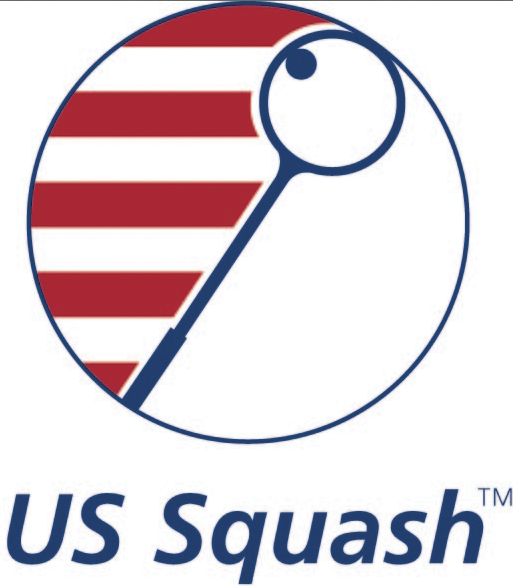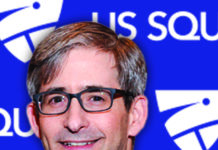By Jeannie Blasberg
Like more and more of you, I play squash 12 months a year. Although competition is reserved for the traditional winter season, summer is a time to practice, optimistically anticipating a better season when the cold weather arrives. Like all those juniors who kept scores of squash camps humming all summer, US Squash took a little time in August to work on its game.
However, Richard Chin, US Squash Board member and participant in this summer’s strategic planning retreat, had some early cautionary words: “Why practice the cross-court nick when you’re still working on hitting good rails?” True, US Squash is still improving and investing in the core services we provide our membership (i.e., our rails). However, with a new governance structure in place, we are poised to revisit our mission and vision, to look out three, five, even 10 years and set goals (i.e., setting a target date for that cross-court nick).
The 20 participants who met over a two-day period in East Hampton, New York, had various homework assignments before the retreat. One was to read Jim Collins’ monograph, “Good to Great and the Social Sectors.” In that piece, Collins describes the characteristics of great organizations. One common principle he describes is a Culture of Discipline—an environment in which people use disciplined thought and take disciplined action in a framework of responsibilities as the cornerstone of a culture that creates greatness. Again, as an athlete, that disciplined approach made intuitive sense to me as it is a main ingredient in any champion.
As US Squash takes methodical, disciplined steps toward greatness, a session such as the one we held this summer allows CEO Kevin Klipstein and his staff, along with the Board of Directors, to hear firsthand input from various stakeholders in the world of squash. Participants commented that never before had such a diverse group assembled to discuss the future of US Squash. Because we had to strike a balance between including many varying opinions while keeping the group a manageable size, there were invitations that could not be issued for this inaugural session.
The room did include leaders from the World Squash Federation, the Professional Squash Association, the Women’s International Squash Players Association, the College Squash Association, Local Squash Associations, teaching pros, urban squash programs, elite players, court manufacturers and the squash media. We were fortunate to have been professionally facilitated on a pro bono basis by Michael Jordan and Brian Velo of Jones Lang LaSalle.
This group was able to reach consensus among a diverse range of interests and from that were able to identify a number of initiatives in four key growth areas. These four growth drivers can be generally described as:
1) Increase and Serve the Membership;
2) Facilitate Collaboration among all squash stakeholders and partner with teaching pros;
3) Build Awareness of Squash; and
4) Focus on the Grass Roots.
My personal goal of building relationships between the leadership of the varying squash groups was achieved over the two days. We accomplished that in meetings and over meals and, of course, over a game of squash at the new Elmaleh-Stanton Squash Center in Southampton. We are grateful to Wally Glennon and Jim Stanton for hosting us and providing us the opportunity to get our blood flowing playing the sport for which we all share a passion.
A smaller Strategic Planning Task Force will continue to push forward the work from the two days, remaining mindful of the challenges along the way. As always, I invite comments from our membership on any issue at Chairperson@us-squash.org. Kevin Klipstein closed our meeting by quoting Collins’ monograph, describing the concept of “The Flywheel” which I find poignant for our entire membership to keep in mind: “In building greatness, there is no single defining action, no grand program, no one killer innovation, no solitary lucky break, no miracle moment. Rather, the process resembles relentlessly pushing a giant flywheel in one direction, turn upon turn, building momentum until a point of breakthrough and beyond.” A little like hitting thousands of solitary rails over the summer.



